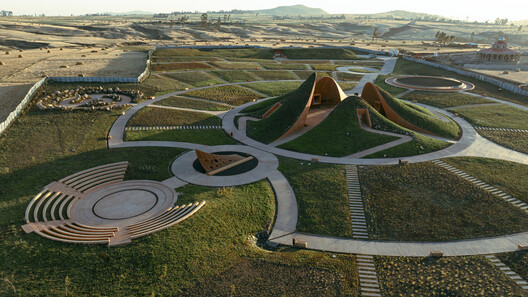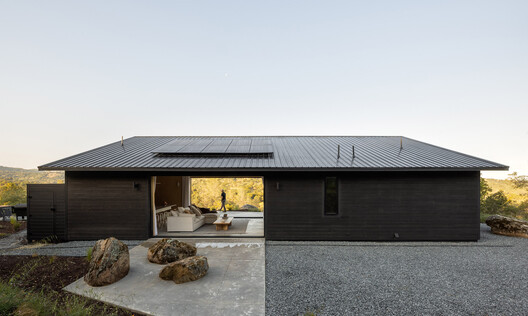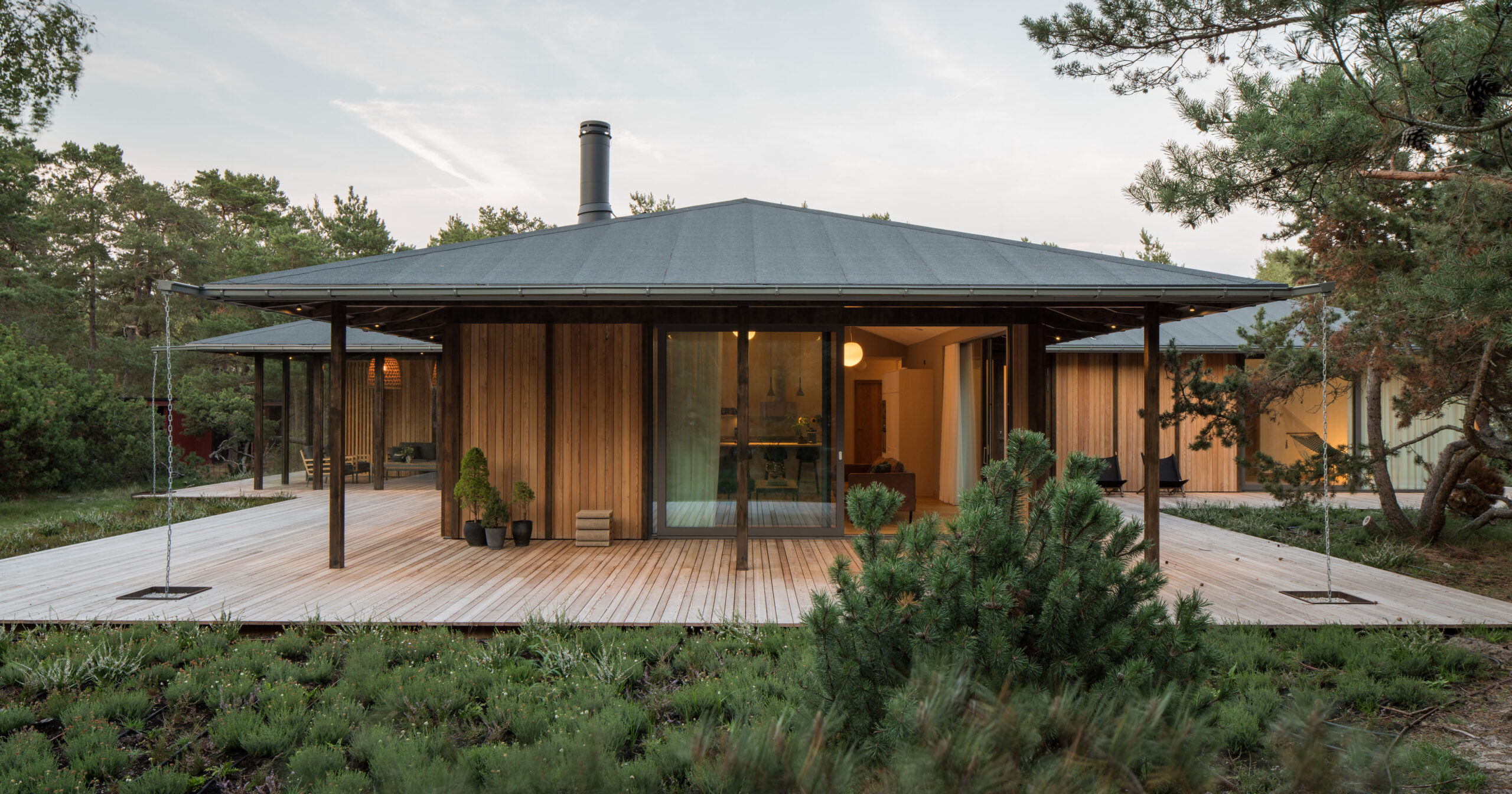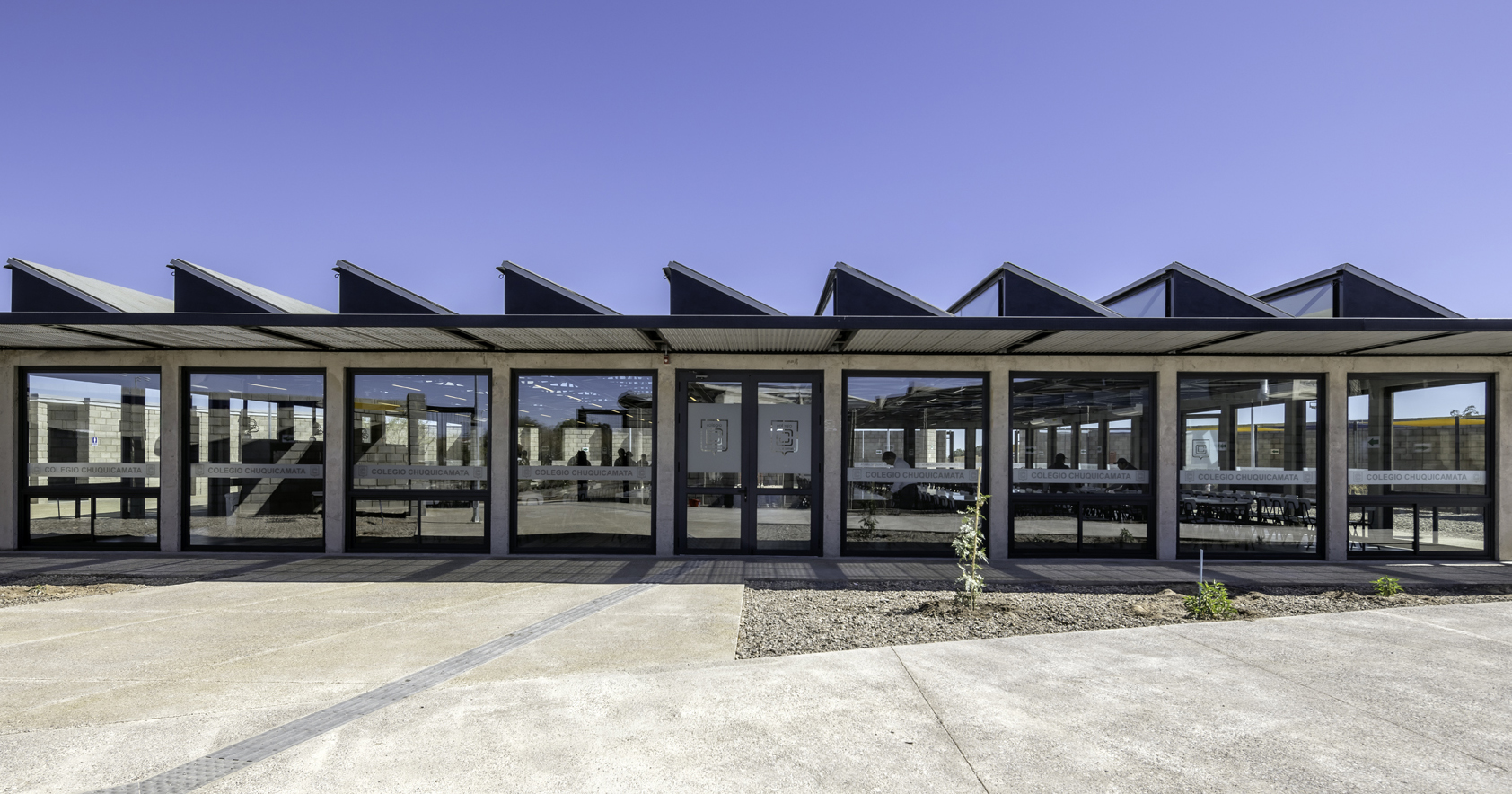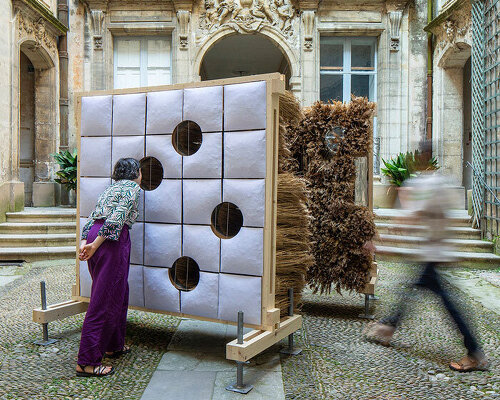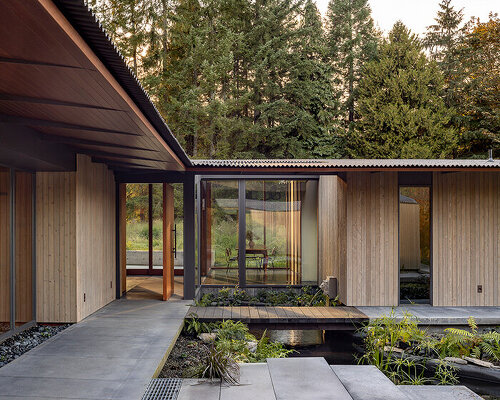These New York basketball courts double as massive storm drains


Brooklyn-based landscape architecture studio Grain Collective has created two sunken basketball courts in New York City that can retain water during flash floods.
The first, called Water Square, is located at New York City Housing Authority (NYCHA) South Jamaica Houses, in Queens.
Seven years in the making, it is a collaboration between Grain Collective, Marc Wouters Studios, the Public Housing Preservation, the New York City Department of Environmental Protection, and NYCHA.

It is the first in a series of "cloudburst" sites designed to reduce the impact of flash floods and improve resiliency across NYCHA properties.
What was once a cracked, derelict basketball court now doubles as a colourful "water square" that can hold 330,000 gallons of water, or half the volume of an Olympic-sized swimming pool.

The water square, which was inspired by similar projects in Copenhagen and Rotterdam, sits atop a $5 million drainage system that channels stormwater from nearby catch basins into underground pipes and then bio-retention basins that filter the water before slowly releasing it into the ground.
Grain Collective, a Brooklyn-based landscape architecture and urban planning practice that recently redesigned six NYCHA playgrounds that were destroyed during Hurricane Sandy, was brought on to run community engagement workshops with the local residents and ultimately re-imagine the basketball courts.
When the practice first spoke with the residents, Grain Collective founding principal Runit Chhaya told Dezeen the scepticism was palpable.
"People have been let down for years," he said "They were concerned that the site would remain a construction zone for years."
The environmental benefits were also difficult to convey in a community that's been divested in for decades.
"To walk into residences where half of people's kitchens are broken, and to tell them 'climate change is important,' you're going to get one big slap," he said.

Instead of proselytising the virtues of green infrastructure, Chhaya's team flipped the narrative and focused on the upgraded amenity the residents would get in return, namely two renovated basketball courts.
"The amenity becomes the engine through which you explain the extra [resiliency] benefits," he said. "It's by engaging with the residents that you build stewardship towards the project."
The basketball courts are sunken 3 feet (1 metre) into the ground. The sunken design allows the courts to safely collect water during floods, while the edge doubles as stadium seating where residents can watch games and hang out.
The community can also use the square to host various events like movie nights or even a farmers' market, Chhaya said.
For the landscape architecture studio, the dual-purpose model where resiliency doubles as an urban amenity should be replicated across the city. And it doesn't have to be sunken.
At Jefferson Houses in East Harlem, where NYCHA's second cloudburst site has already broken ground, Grain Collective has designed a multigenerational square and a playground for local residents, but instead of sinking the site, they kept it at-grade.
Permeable concrete pavers and catch basins will capture stormwater and release it into underground storage tanks.

Ultimately, the architect hopes these "cloudburst" sites can become a blueprint for others in the city in the US – and help secure more investment closer to home.
"We always talk about the High Line, which is great, and there's a lot of momentum there to get money," he said. "These projects and these areas don't get that kind of momentum and money."
At a time when climate change is making flash floods more severe and more frequent, nature-based solutions like water squares, sponge parks, and bioswales are becoming increasingly popular.
Other projects that include flood resiliency strategies include Wagner Park in Lower Manhattan and an urban park in Copenhagen's South Harbour.
The photography is by Ignacio Ayestaran.
The post These New York basketball courts double as massive storm drains appeared first on Dezeen.







.jpg)



